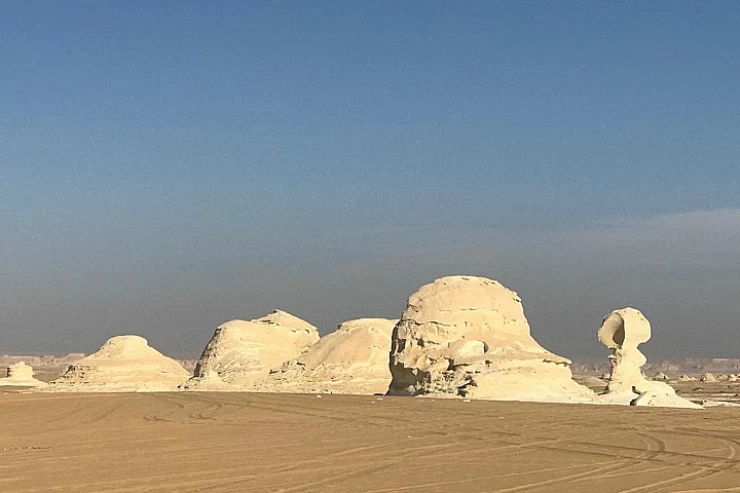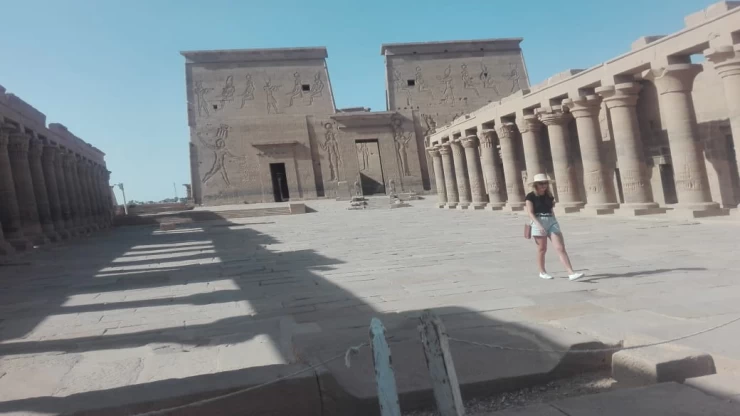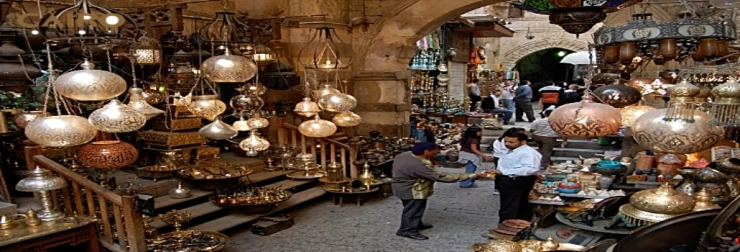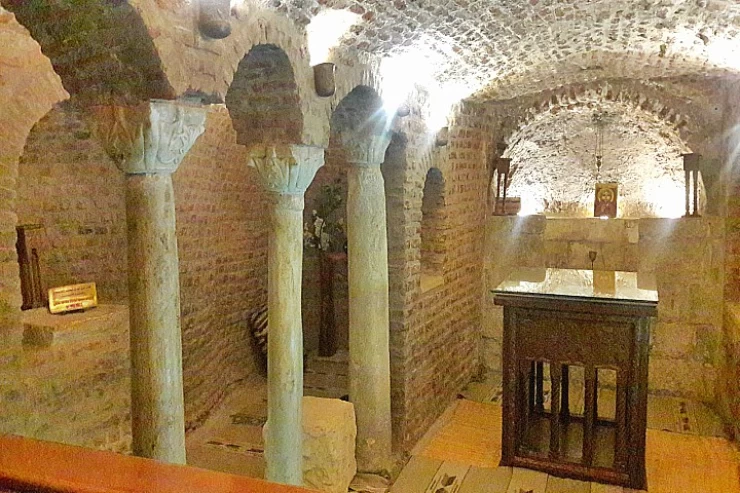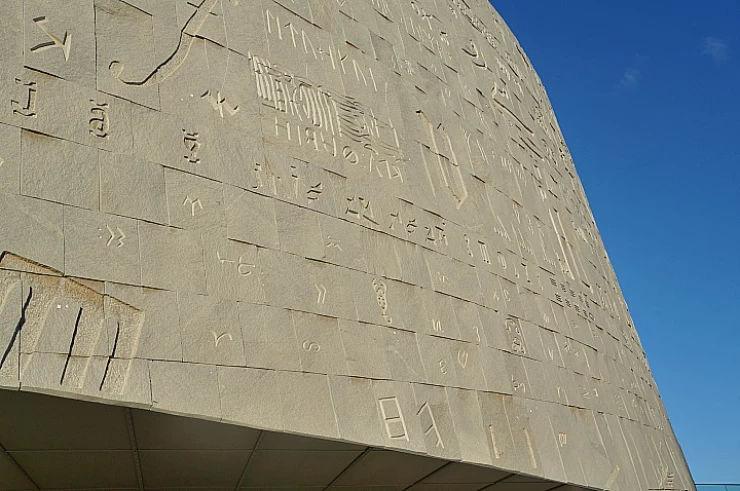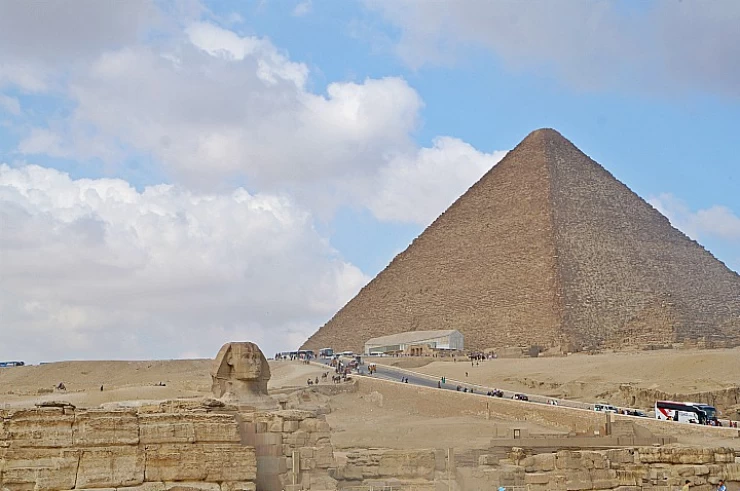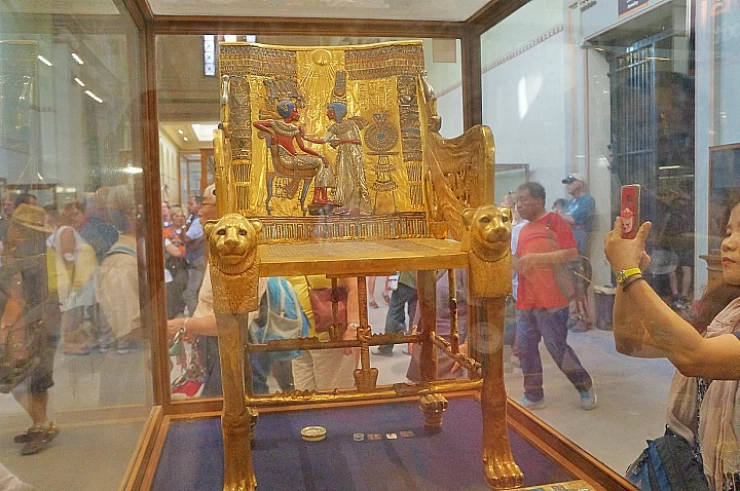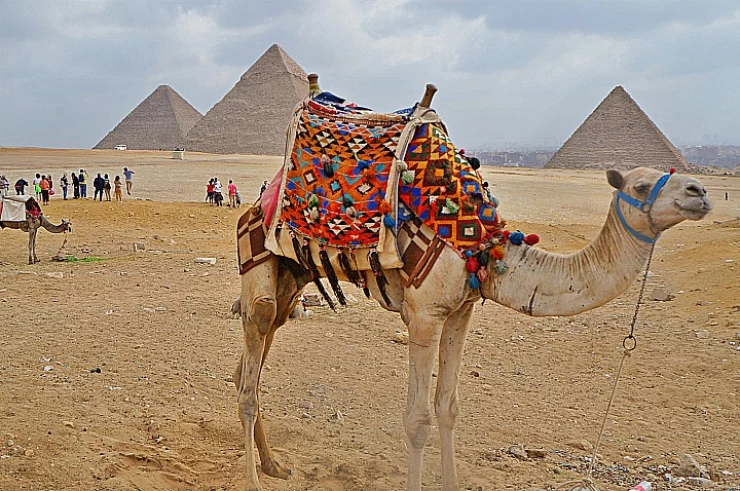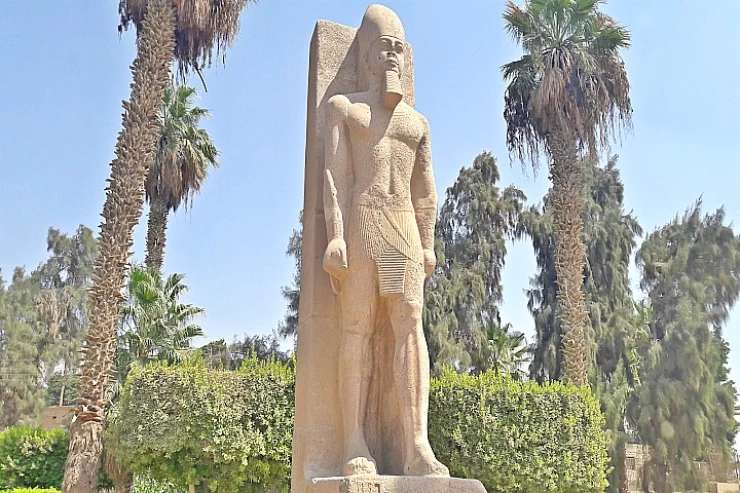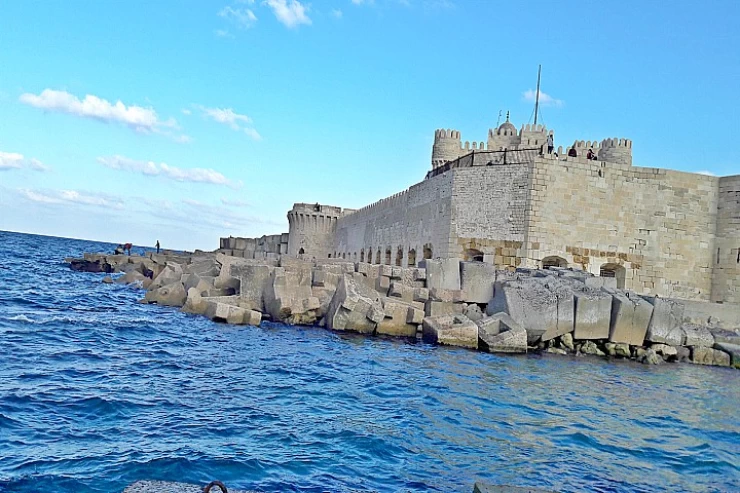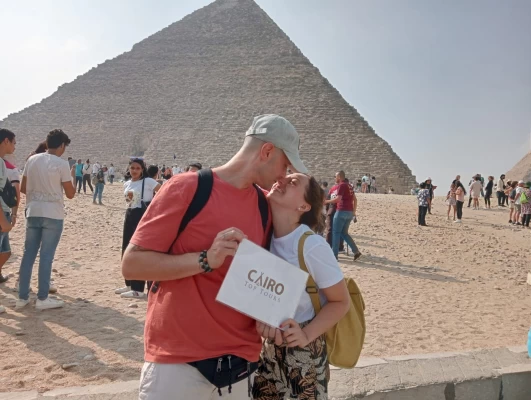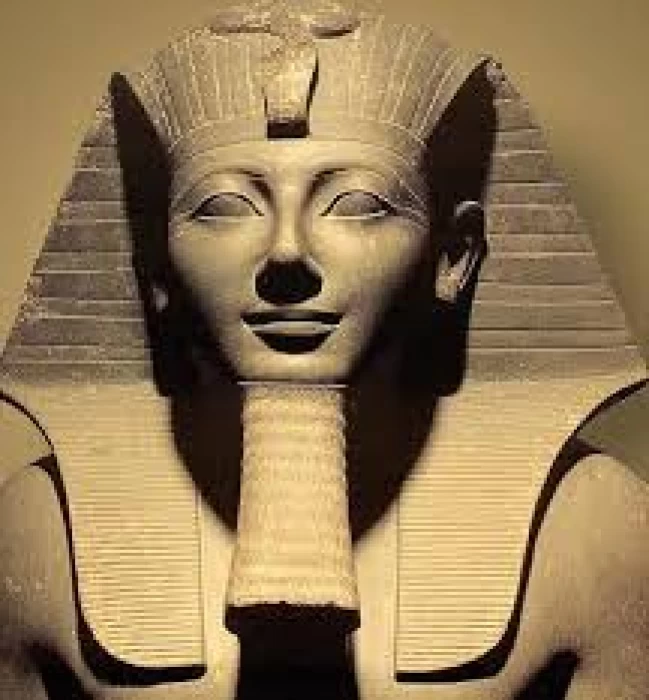
King Thutmose III | King Thutmose III
He was the founder of the modern Egyptian empire, and his empire lasted until about 1070 BC until the reign of King Ramses XI. Thutmose III is known as the father of empires because he is considered one of the genius military mentalities throughout the ages.
In addition, he was the first to divide the forces of the army into a center and wing his military plans so that his military plans were studied in many military colleges and institutes worldwide. many of his plans in the battles were used by the British Empire, especially in its battles against the Ottomans during the First World War. You can see the great temple of Thutmose III during Egypt Classic Tours and enjoy learning more about Modern Egypt.
Furthermore, the existence of Queen Hatshepsut left Thutmose III in the shadows for a long time until Hatshepsut exited from the political scene in Egypt. The legendary personality and mentality of King Thutmose III was the reason for Egypt's military glory written in letters of light and honor in all the world's military academies. Hatshepsut was a very honored queen by the Egyptians, she has a magnificent temple of Hatshepsut in Luxor city that you can visit through one of Egypt Nile cruise Tours in an exciting experience.
Thutmose III’s coronation as King of Egypt scene is engraved on the walls of the Karnak Temple reflecting a great ceremony, Karnak temple is one of the most visited destinations in Luxor day tours and Egypt Christmas tours where you can see miraculous temple displaying massive era of great Egyptian history.
Latest Articles
Admin
Aswan Governerate in Egypt
One of Egypt's southern governorates is Aswan Governorate. The city of Aswan serves as its capital. At a latitude of 22 north of the equator (also known as the Tropic of Cancer), it is bounded to the north by the Qena Governorate, to the east by the Red Sea Governorate, to the west by the New Valley Governorate, and to the south by the Republic of Sudan.
Admin
Luxor Governorate Egypt
The capital of the Arab Republic of Egypt is Luxor City, which was once known as "Thebes City" because it served as Egypt's capital during the Pharaonic era. It is situated in the South Upper Egypt region, approximately 670 kilometers from the capital Cairo from the south. It is bordered on the north by Qena Governorate, on the south by Aswan Governorate, on the east by Red Sea Governorate, and on the west by New Valley Governorate.
Admin
History of kafr El Sheikh Governorate
Kafr El Sheikh Governorate is an Egyptian governorate, located in the northernmost part of Egypt in the Nile Delta, with Kafr El Sheikh as its capital. It had a population of 3,172,753 in 2015 and an area of 3,748 km². Its entire area is located north of the delta and overlooks the Mediterranean Sea. The main economic activity of the residents of the governorate is agriculture and fishing, especially the southern lands of the governorate and the lands overlooking the Nile River - Rosetta Branch.
Admin
Egypt's New Administrative Capital
The New Administrative Capital is located between the Cairo-Suez and Cairo-Ain Sokhna roads, 60 km from Cairo and the same distance from Ain Sokhna and Suez. The New Administrative Capital is located on the border of Badr City, in the area between the Cairo-Suez and Cairo-Ain Sokhna roads, just after New Cairo, Mostakbal City and Madinaty.
Admin
Al Gharbia Governorate
Gharbia Governorate is one of the governorates full of archaeological sites, whether they are places or facilities (mosques, churches), as the governorate is a destination for visitors to these places throughout the year, whether they are Egyptians from the different governorates.
Admin
Hamata Islands (Qulaan Archipelago) in Marsa Alam
The Hamata area, south of Marsa Alam in the Red Sea, is one of the most important parts of the Wadi El Gemal Reserve, whether in the desert or the sea. It was named after the sorrel plant, which was distorted to Hamata.






